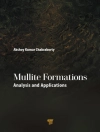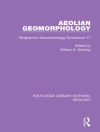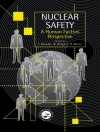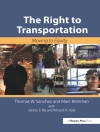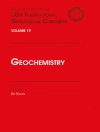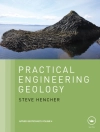The Designing Environments book series addresses questions regarding necessary environmental transformation in the context of the fast-unfolding environmental crisis. This is done from a broad interdisciplinary perspective, examining the negative impact of human transformations of the environment and providing different inroads towards sustainable environmental transformation with net positive impact.
Volume one of the Designing Environments book series bri...
قائمة المحتويات
Chapter 1. Introduction to Designing Environments (Prof. Dr. Michael U. Hensel et. al.).- Chapter 2. Anthropocene Risks (Patrick Keyes et. al.).- Chapter 3. Complexi...
عن المؤلف
Prof. Dr. Michael U. Hensel is an Architect, University Professor and Head of Research Department of Digital Architecture and Planning at the Faculty of Architecture ...


